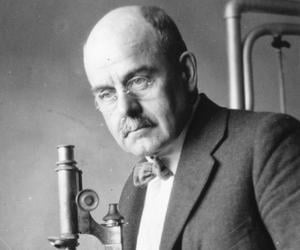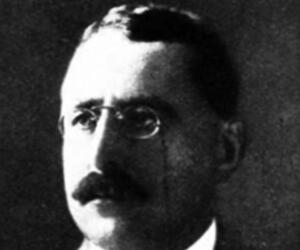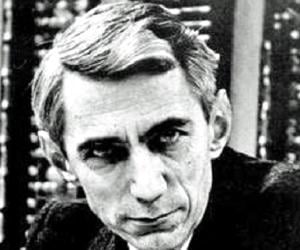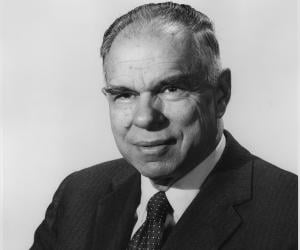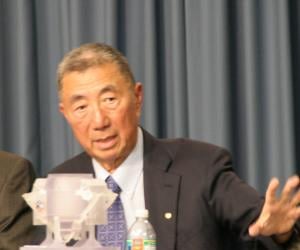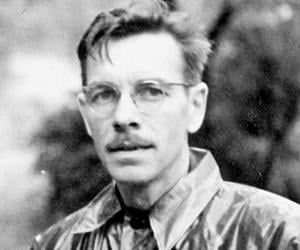Claude Shannon was an electrical engineer, mathematician, and cryptographer. He is credited with publishing the article A Mathematical Theory of Communication which gave rise to the field of information theory. Hence, Shannon is considered the father of information theory. He is also credited with founding digital circuit design theory. During World War II, he contributed to the field of cryptanalysis.
Glenn T. Seaborg was an American chemist who shared the 1951 Nobel Prize in Chemistry with Edwin McMillan for discovering the first transuranium elements. He also authored or co-authored several books and articles, including 500 scientific journals. In 2005, Glenn T. Seaborg was inducted posthumously into the National Inventors Hall of Fame.
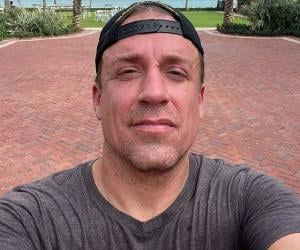
US extreme meteorologist and storm chaser Reed Timmer soared to fame with his Discovery Channel show Storm Chasers. He is also popular on Facebook and YouTube, where he posts videos of tornadoes, hurricanes, and cyclones. He has previously worked for AccuWeather and KFOR-TV.

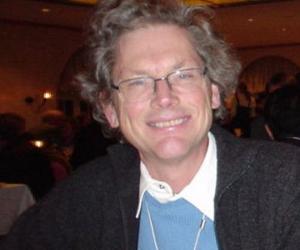
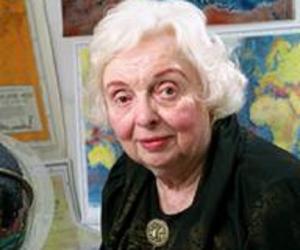
US geologist and oceanographer Marie Tharp is remembered for her pioneering work on oceanographic cartography. She contributed to the development of the first scientific map of the floor of the Atlantic Ocean. She was associated with the Columbia University’s Lamont–Doherty Earth Observatory and was one of the first women to work for it.
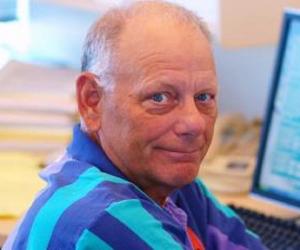
Nobel Prize-winning US physicist Samuel C. C. Ting is best known for co-discovering the J/ψ meson nuclear particle. He taught the prestigious Columbia University and MIT. He was associated with CERN in Geneva, too. He is also known for his pioneering research on the Alpha Magnetic Spectrometer.
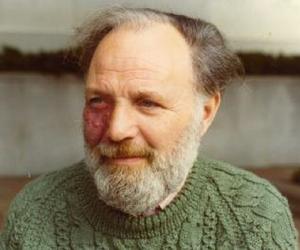
Nobel Prize-winning biologist Alfred Day Hershey is best remembered for his research on bacteriophages, or viruses that infect bacteria. He was associated with the Washington University throughout most of his life. He is also known for his blender experiment, which he conducted with his work partner Martha Chase.
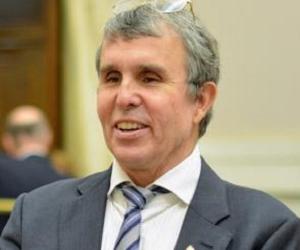
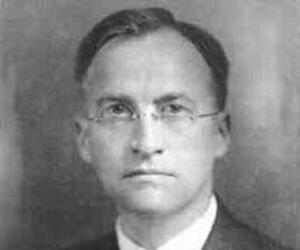
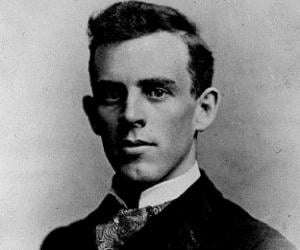
David Fairchild was an American plant explorer and botanist. He is credited with introducing over 200,000 exotic plants to the United States. He also introduced varieties of established crops, including soybeans, mangos, bamboos, dates, and pistachios. In 1933, the National Academy of Sciences honored him with the Public Welfare Medal.
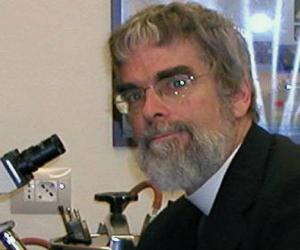
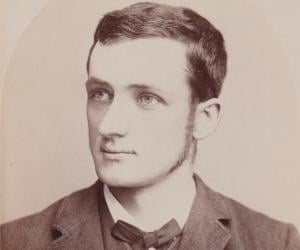
Liberty Hyde Bailey was an American botanist and horticulturist. He is best remembered for co-founding the American Society for Horticultural Science. Regarded as the father of rural journalism and rural sociology, Bailey is credited with playing an important role in the commencement of agricultural extension services, the nature study movement, the 4-H movement, and rural electrification.
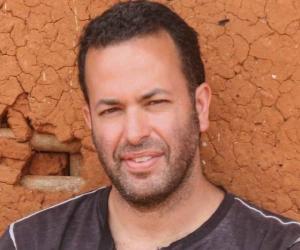
Nathan Wolfe is an American virologist best known for founding a not-for-profit organization called Global Viral, where he is serving as the director. Wolfe, who is also credited with founding Metabiota, spent more than eight years in Southeast Asia and sub-Saharan Africa conducting biomedical research. In 2009, Wolfe was mentioned in Rolling Stone magazine's Top 100 Agents of Change list.
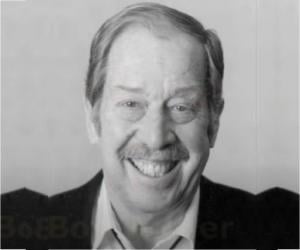

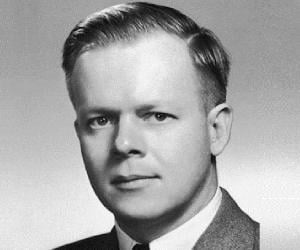
Thomas Huckle Weller was an American virologist best remembered for his work that enabled the cultivation of polio viruses in a test tube, for which he received the prestigious 1954 Nobel Prize in Physiology or Medicine alongside Frederick Chapman Robbins and John Franklin Enders. Thomas Huckle Weller was also the recipient of E. Mead Johnson Award and George Ledlie Prize.

Robert E. Horton was an American soil scientist and civil engineer. He is widely regarded as the father of modern hydrology. Horton is best remembered for his study of maximum flood and runoff generation. For his contribution to the field of hydrological geophysics, Horton was honored by the American Geophysical Union with the establishment of the Robert E. Horton Medal.
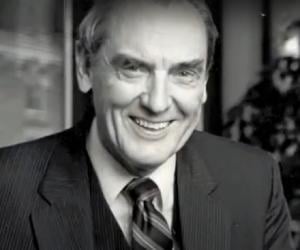
American physicist Gordon Van Wylen is best known for his iconic book Thermodynamics. Apart from being the chair of physics at MIT, the World War II veteran had also been the president of Hope College in Michigan. He passed away at age 100 after a long fight with COVID-19.
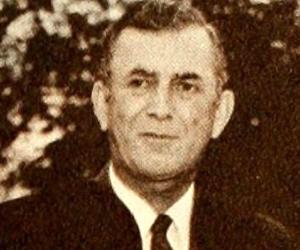
US geologist and polar explorer Laurence McKinley Gould had been to both the Arctic and the Antarctic. He was associated with Carleton College, first as a professor, then as a geology chairperson, and finally as its president. He also taught at the University of Arizona for over a decade.
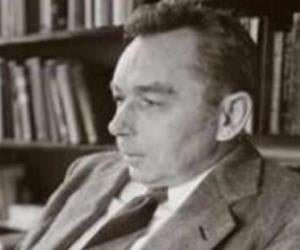
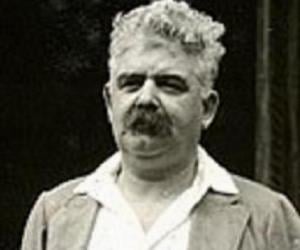
A. S. Hitchcock was an American agrostologist and botanist. He is best remembered for authoring more than 250 works during his lifetime. A. S. Hitchcock also worked as a professor at the Kansas State Agricultural College and his field notebooks are preserved in the Smithsonian Institution.
